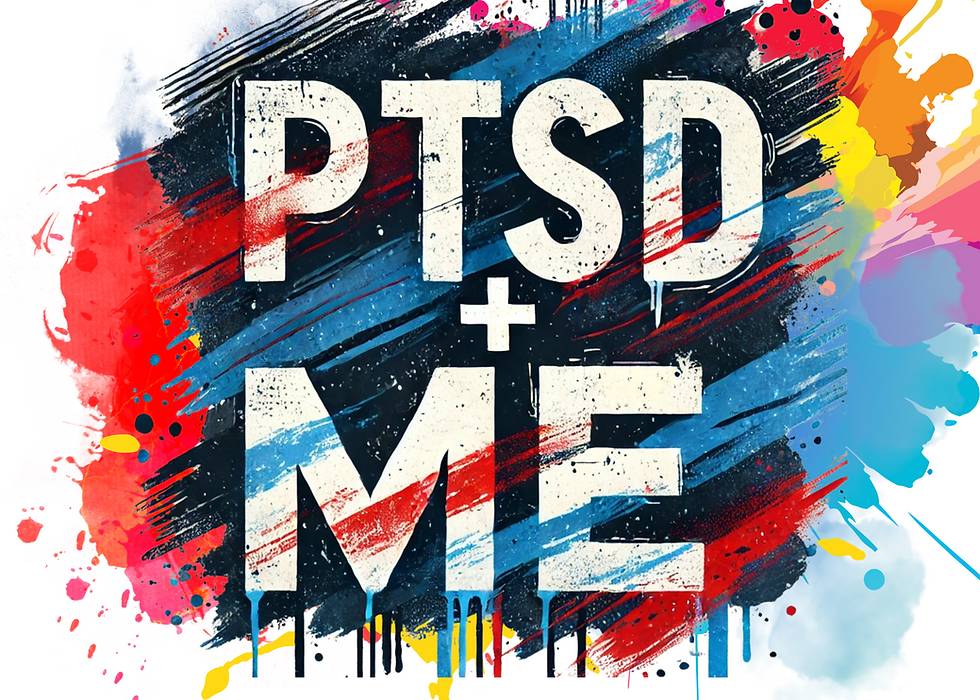The Economic Toll of Trauma
- Troy Rienstra

- Apr 10
- 4 min read
A Crisis Costing Us Billions
In business, we understand that ignoring the root of a recurring problem costs more in the long run than addressing it early. That principle applies just as sharply to trauma as it does to failing infrastructure or flawed supply chains. Trauma is not just a personal burden or clinical diagnosis. It is an economic issue—a costly, systemic crisis that continues to undercut our workforce, healthcare system, and justice infrastructure year after year.
The Hidden Costs of Trauma: A National Breakdown
Trauma is among the most underestimated drivers of public expenditure. According to a groundbreaking study published in Child Abuse & Neglect, unaddressed childhood trauma alone costs the U.S. an estimated $748 billion annually. These costs stem from direct medical services, mental health treatment, child welfare services, criminal justice involvement, lost work productivity, and early mortality.
Breakdown of the total cost:
Health Care Costs: Individuals with high ACE (Adverse Childhood Experiences) scores are at significantly higher risk of chronic illness. A study from the American Journal of Preventive Medicine found that those with four or more ACEs are 2.4 times more likely to have a stroke, 2.2 times more likely to develop heart disease, and 3.9 times more likely to suffer from depression.
Lost Productivity: According to the CDC, trauma-related mental illness and substance use result in over $193 billion in lost earnings annually.
Criminal Justice: Studies show individuals with childhood trauma are more likely to engage in high-risk behaviors and interact with the justice system. The U.S. spends over $182 billion annually on incarceration and associated justice system costs.
Trauma is not isolated to clinical diagnoses like PTSD. It has exploded in scope and scale due to compounding societal stressors. Economic instability, climate-related disasters, gun violence, the opioid epidemic, racial injustice, and the COVID-19 pandemic have created what researchers are now calling a "cumulative trauma economy."
According to the World Health Organization, mental health conditions, primarily driven by trauma and stress disorders, will account for the majority of global disease burden by 2030.
In the U.S., over 76% of adults have experienced at least one traumatic event, and nearly 1 in 5 develop PTSD as a result, per the National Center for PTSD.
A 2021 JAMA Pediatrics study found that children in low-income households experience trauma at 2 to 3 times the rate of their wealthier peers.
Trauma in the Workplace: The Quiet Economic Drain
We talk a lot about workplace efficiency, but not enough about how trauma compromises it. From employee disengagement to burnout, trauma reduces performance and increases turnover across all sectors.
The American Psychological Association estimates that trauma and stress-related work disruptions cost U.S. employers over $300 billion per year.
Presenteeism—when workers are physically present but emotionally disconnected—reduces productivity by 15-30% in trauma-impacted industries.
Burnout, now classified by the World Health Organization as a workplace phenomenon, has roots in unresolved trauma and is linked to poor organizational culture, especially in healthcare, education, and emergency services.
Trauma doesn’t end with the individual. It’s passed down—biologically, socially, economically. Children of trauma survivors are more likely to experience poverty, struggle in school, and require social services. This creates what economists refer to as an intergenerational drag on economic mobility.
A landmark 2020 study by Harvard University and the Brookings Institution found that communities with high rates of exposure to violence and trauma had upward mobility rates 30–50% lower than communities with low trauma prevalence.
These findings were consistent across race, gender, and geographic regions. In other words, trauma is a more predictive economic determinant than education level or parental income.
Correctional Systems: Where Trauma Accumulates, Not Heals
Correctional institutions are trauma incubators. Nearly every individual who enters the system brings trauma with them—and most will leave with even more.
According to the Substance Abuse and Mental Health Services Administration (SAMHSA), over 90% of incarcerated women and 75% of incarcerated men report trauma histories.
Recidivism rates are 25–50% lower among incarcerated individuals who receive trauma-focused therapy, according to the Journal of Offender Rehabilitation.
In Michigan, a 2018 internal survey found that 34% of correctional officers exhibited signs of PTSD and 23% had contemplated suicide, significantly higher than national averages for other first responders.
This not only affects morale and safety but contributes to excessive costs in worker's compensation claims, medical leave, training, and recruitment.
Despite the staggering costs, trauma recovery is chronically underfunded. Yet it remains one of the most cost-effective public health interventions available.
For every dollar spent on trauma recovery and prevention, $4 to $7 is saved in long-term healthcare, justice system, and social service costs (RAND Corporation).
Trauma-informed school models reduce suspensions by 40-60%, increase graduation rates, and reduce teacher turnover.
A trauma recovery program implemented in a California correctional facility resulted in a 60% reduction in violent incidents and a 45% drop in repeat parole violations.
Beyond the Human Cost: A Strategic Imperative
While the moral argument for addressing trauma is undeniable, the economic argument is equally urgent. Trauma undercuts GDP, drains public resources, and slows innovation.
Imagine what our economy could look like with a fully functioning workforce—one that isn't constantly derailed by untreated emotional wounds. Imagine what communities could achieve if we broke the generational cycle of trauma that anchors so many in poverty.
If trauma were a business, it would be one of the most costly and persistent in the world. And yet, we continue to fund it passively through inaction.
Business leaders, policymakers, health professionals, and justice reform advocates must come together to address trauma not only as a clinical condition—but as a defining economic challenge of our time.
In the boardroom, on the Senate floor, in school districts and correctional facilities, the question is no longer can we afford to invest in trauma recovery? The real question is how much more will it cost us if we don’t??
Knowledge is power, use it in your community,
-Troy Rienstra
_edited.png)



Comments